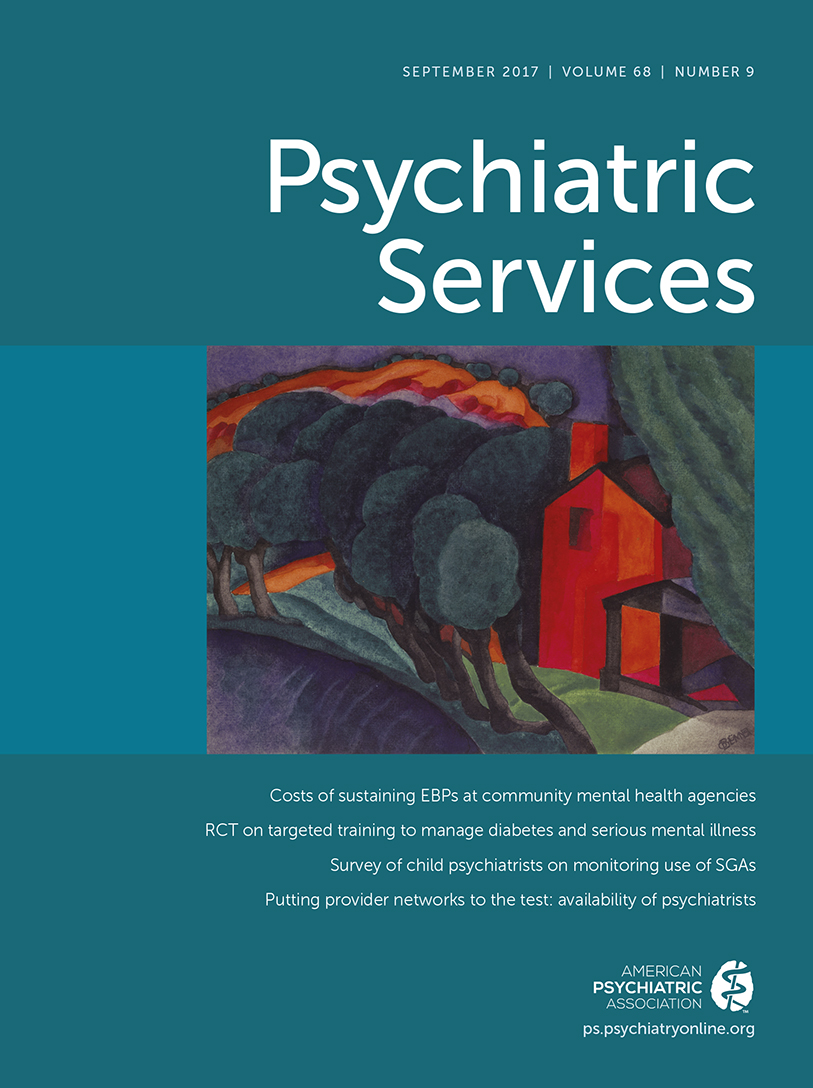Flexible Assertive Community Treatment
TO THE EDITOR: The article by Huz et al. (1) described an initiative to improve flow through assertive community treatment (ACT). We recognize the observation that without adequate flow, ACT capacity becomes “silted up” as individuals become entrenched in intensive service provision, sometimes to the detriment of self-management. We concur with them that successful transition from ACT to less intensive and costly services is possible when appropriate follow-up services are in place. Indeed, our own follow-up study, in the English National Health Service system, has shown that ACT patients “are remarkably resilient to significant reductions in the intensity of care and this holds for up to four years” (2).
In the Huz et al. study, patients were identified as suitable for step-down treatment through use of a transitional readiness scale. In our study, we were faced with the closure of ACT teams and used flexible assertive community treatment (FACT [3]) as an alternative to ACT.
FACT offers, from within the same team, standard community mental health care where possible plus an intensive ACT equivalent, if needed. For a typical locality, about 10% of the FACT caseload is receiving ACT care, incorporating shared caseloads and frequent visits, at any one time. Flow between the two levels of care is mediated without referrals by using routine team decision making.
Although FACT was developed as an affordable model in rural areas in the Netherlands, our research has shown that it can also be effective in cities, specifically London, and could be considered more widely as an alternative to ACT.
1 : Time in assertive community treatment: a statewide quality improvement initiative to reduce length of participation. Psychiatric Services 68:539–541, 2017Link, Google Scholar
2 : The replacement of assertive outreach services by reinforcing local community teams: a four-year observational study. Journal of Mental Health 2016. http://www.tandfonline.com/doi/full/10.3109/09638237.2016.1139073Google Scholar
3 : FACT: a Dutch version of ACT. Community Mental Health Journal 43:421–433, 2007Crossref, Medline, Google Scholar




